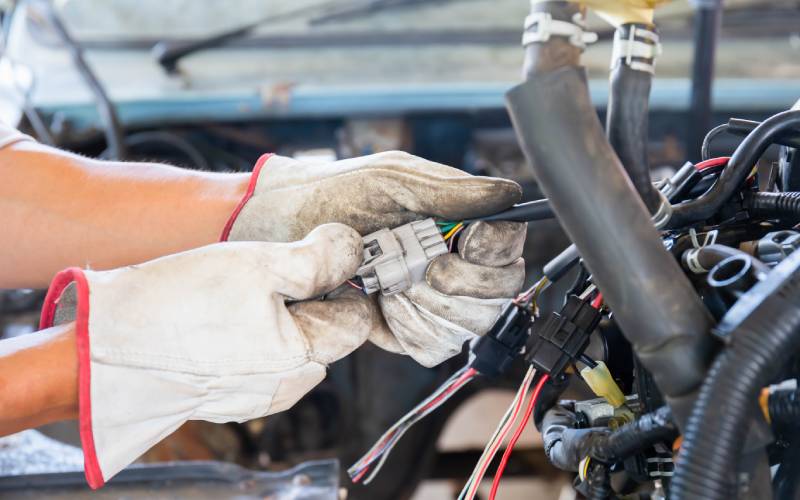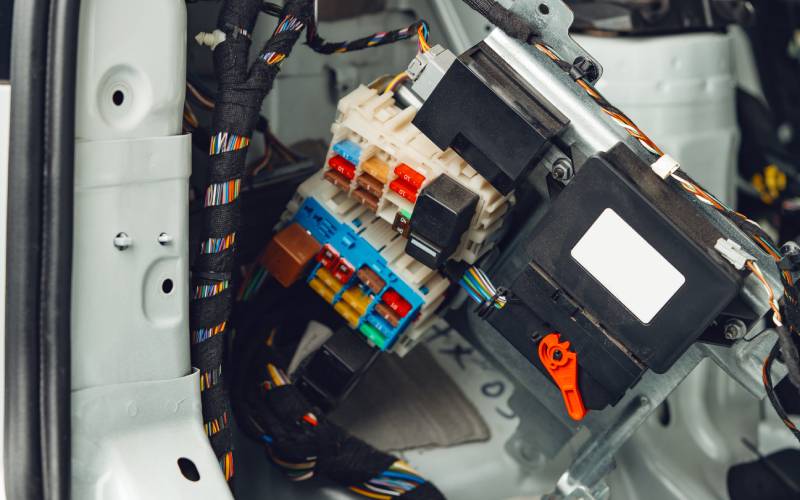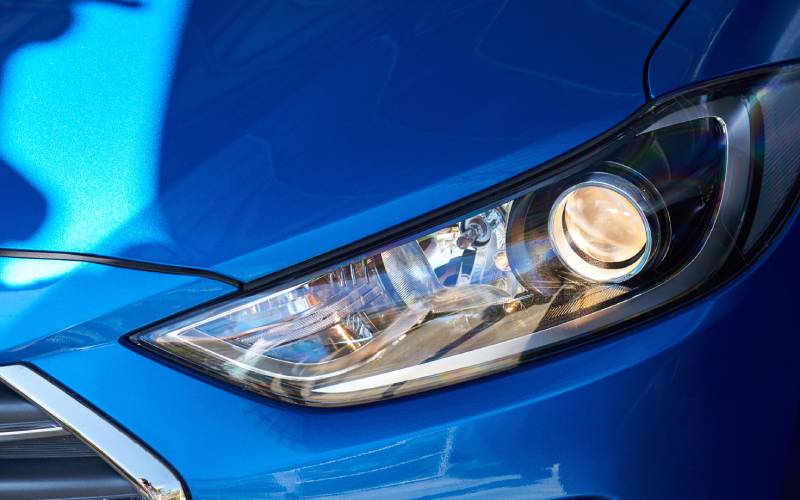Exploring the Role of 9-Cavity Connectors in Modern Vehicles

Modern vehicles require modern solutions. As we find ways to make more advanced systems with new capabilities, engineers must retool internal systems. Electrical connectors serve an invaluable purpose by containing and guiding several cables to help these systems flow reliably.
Connector Experts is here to explore the role of 9-cavity connectors in modern vehicles. Understanding what these connectors are, how we use them, their capabilities in the latest vehicles, and their potential can make a big difference in how we design automobiles moving forward.
The Basics of 9-Cavity Connectors
It’s beneficial to understand the general importance of electrical connectors before looking into their more in-depth applications. Connectors are the link between various electronic components in a vehicle. These small, seemingly simple devices maintain smooth connections and power distribution throughout a given automotive system.
A 9-cavity connector refers to a specific type of connector with nine separate slots, or ‘cavities,’ that can house individual electrical terminals. Engineers build these connectors to accommodate complex circuitry, and they are an important part of any wiring harness.
Choosing the right number of cavities for a connector is vital. 9-cavity connectors offer a compact yet comprehensive solution for managing multiple connections, making them ideal for space-constrained environments typical in modern vehicles. Their design allows for efficient wiring configurations, reducing clutter and potential points of failure while promoting streamlined installation processes.
Importance in Vehicle Electrical Systems
Vehicle electrical systems are increasingly complex, catering to an array of functions from essential operations like ignition and lighting to advanced features such as infotainment and driver assistance systems. Connectors help guide, control, and facilitate these systems and provide critical pathways for data and power transfer.
One of the primary reasons engineers prefer 9-cavity connectors is their ability to support high-density connections in a compact form. Since many modern vehicles have limited space, and there’s a greater demand for complex electrical systems, these specific connectors help strike an ideal balance. By enabling efficient use of available space, these connectors help automotive engineers design more integrated and robust electrical systems.
Application in Powertrain Systems
The powertrain system of a vehicle encompasses the engine, transmission, and drivetrain components. Naturally, these are some of the most important parts of any vehicle, modern or otherwise, when it comes to design and functionality.
The right electrical connectors play a huge role in supporting the powertrain’s electrical connectivity and help make sure that all elements work together and deliver reliable, consistent power throughout the vehicle.
Engineers often use these connectors in engine control units (ECUs) to help establish communication between sensors and actuators that monitor and regulate engine performance. When these connectors maintain precise control over engine operations, they greatly contribute to vital functions like optimizing fuel efficiency and emissions.
Role in Safety and Driver Assistance Systems
Safety and driver assistance systems are integral to modern vehicles, helping reduce accidents and enhance the driving experience. Nine-cavity connectors play a vital role in ensuring the effective operation of these systems by providing the necessary electrical connections.
One of the most common safety features that relies on electrical connectors are airbag systems. The right connectors help the airbag sensors, control units, and deployment mechanisms work in tandem so that their response time is accurate, rapid, and reliable in the event of a collision. Their reliability and durability are vital, as any failure could compromise passenger safety.
Enhancing Infotainment and Connectivity Features
When exploring the role of 9-cavity connectors in modern vehicles, you must consider the latest infotainment systems. Touch-screen control panels in the center console of a vehicle contain valuable features like navigation, communication, and entertainment options. The right connectors are instrumental in achieving this integration, offering a reliable means of connecting infotainment modules, displays, and audio systems.
By supporting high-speed data transfer and robust connections, 9-cavity connectors ensure that infotainment features operate smoothly without interruptions. This reliability enhances user satisfaction and contributes to the overall appeal of the vehicle. Automotive engineers can harness the potential of these connectors to design cutting-edge infotainment systems that cater to the evolving demands of tech-savvy consumers.
Impact on Lighting and Climate Control Systems
Lighting and climate control systems are fundamental components of vehicle comfort and safety. Utilizing the right connectors aids the functionality of these systems, making driving at night a much safer experience for drivers.
Lighting systems control far more than headlights, creating connections between headlamps, taillights, and all interior illumination components. Their reliability and efficiency are critical for maintaining consistent lighting performance, which enhances visibility and safety for drivers and pedestrians alike. Many modern vehicles use newer systems, including features like adaptive, dimmable lights or LED bulbs.
Advancements in Manufacturing and Materials
As the automotive industry improves, and things become more complicated, we’re seeing new techniques in the physical manufacturing of connectors. Automotive engineers have access to a wide range of materials that enhance the performance and durability of these connectors, making them suitable for demanding automotive applications.
Some of the components in connector composition are high-quality plastics like thermoplastics or thermosetting resins. These materials offer excellent insulation properties, resistance to environmental factors, and mechanical strength. By selecting the appropriate materials, manufacturers can ensure that connectors withstand the rigors of automotive environments and maintain reliable performance over time.
Future Trends in 9-Cavity Connector Technology
The automotive industry is witnessing rapid advancements in technology, and the connectors that we use are no exception. The future holds exciting possibilities for these connectors, with ongoing developments aimed at enhancing their capabilities and expanding their applications.
One notable trend is the integration of advanced features, such as embedded sensors and diagnostics, within 9-cavity connectors. These features enable real-time monitoring of connection integrity, temperature, and other parameters, allowing for predictive maintenance and proactive troubleshooting. By leveraging these technologies, automotive engineers can improve system reliability and reduce downtime.
As the automotive industry continues to innovate, ensuring the reliability and efficiency of your vehicle’s electrical systems is more important than ever. At Connector Experts, we offer a wide range of high-quality automotive connectors, including 9-pin electrical connectors. These connectors are engineered to meet the most rigorous standards, providing the strength and versatility your systems demand. Discover our selection today, and let our expert team help you optimize your vehicle’s performance and reliability with the best connector solutions available.



You must login to post comments.